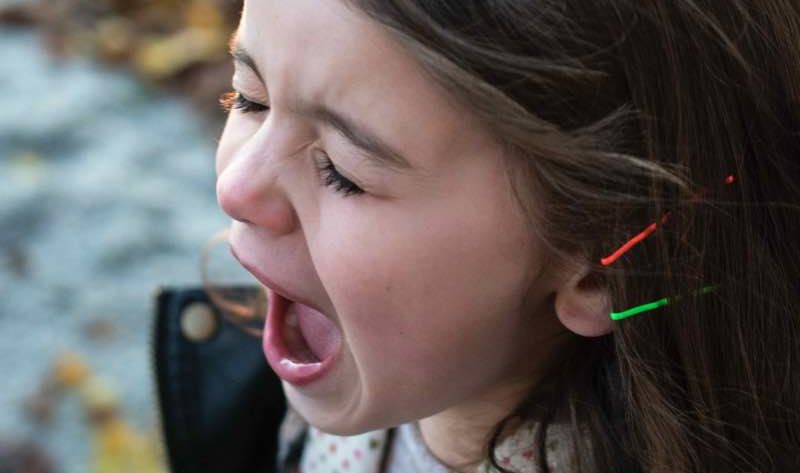A parent shared a situation with me this week where their preschooler was sent home for behavioral reasons. Both parents were understandably concerned. A trained behaviorist, a child psychologist, or a special education teacher will tell you that a behavior is a way to communicate wants and needs. The behavior shows that a child is trying to obtain something or to avoid something. You can help your child by becoming a behavior detective.
You can begin by observing behavior at home or asking their teacher to observe and describe negative behaviors at school:
What triggered the behavior or what happened prior to the behavior? (For example: Are transitions difficult?)
What did the behavior look and sound like?
How long did it last? (Duration)
How frequently does it occur? (Frequency)
When is it happening?
Consequences: Is the child attention seeking or trying to avoid a low-interest assignment or activity?
Sending a child home is not really addressing the situation constructively or supporting the child.
What can a teacher do instead?
Teachers can sit with the child. Ask him or her to describe their feelings. My younger students would use wide open arms for big feelings, basketball hands for medium feelings, and pointer fingers and thumb for marble-sized feelings.
Then, we breathe a few times in and out. The exhale should be longer than the inhale. This calms down the part of the brain called the amygdala, which is wired to create fight, flight, or freeze responses. Then wait.
Once the amygdala calms down, memory and the frontal cortex wake up. Now that the student is calm, the teacher can remind then that they have positive behavioral choices. Give them a choice of positive alternatives, model, and practice the behavior together. Praise attempts at the shiny new positive behavior. A follow-up email home to parents describing the new behavior and asking parents to specifically praise the behavior at home that evening can further encourage the student to continue the new behavior.
It can take up six weeks for the new positive behavior to take hold and become habit. Consistent adult responses are important. Encouraging your teacher to observe the function behind the behavior will help parents and teachers troubleshoot as a team. Research shows that praising positive behavior works. Punishment and sending a child to the school office or home does not. The reason why is that students become used to the punishment, creating the need to continually escalate the punishment each time.
Examples of positive support from www.understood.org:
PBS resources
The U.S. Department of Education has created an assistance center that offers information and training on PBIS.
You can also learn more from Understood about the following evidence-based positive behavior strategies:
- Using nonverbal signals to foster communication while limiting interruptions during instruction
- Creating when-then sentences with students to clearly explain what you expect — and the positive outcome that will happen
- Describing what’s expected of students in a way that is obvious and easily understood by using pre-correcting and prompting
- Getting students’ attention through respectful redirection — without making a big deal about it — by using a calm tone, neutral body language, and clear, concise wording
When in doubt that the positive behavior supports that your child needs are in place, seek advice from a professional trained in ABA such as a behaviorist, the school psychologist, other members of the school special education team if your child has a 504 or IEP, or a family therapist.




